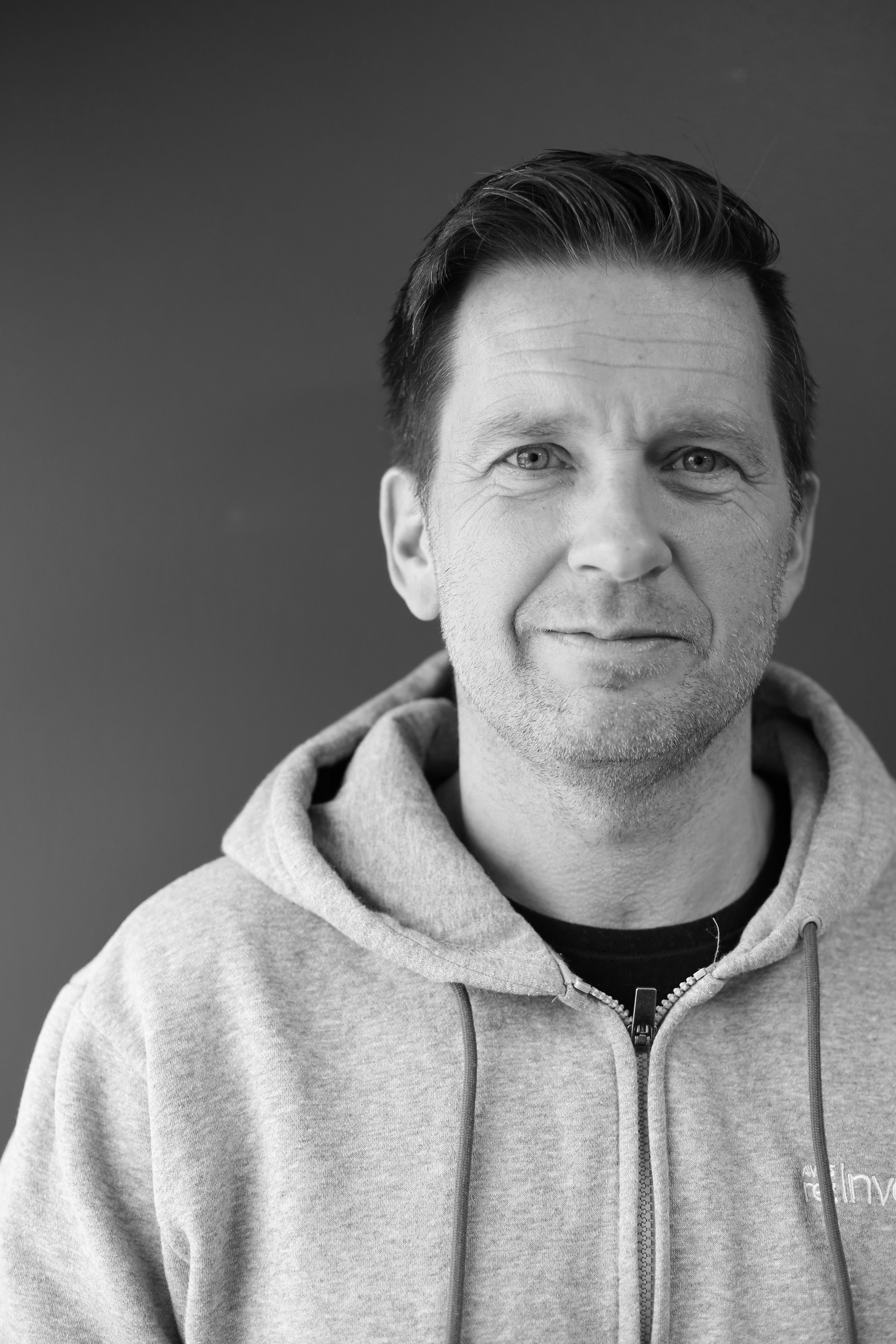This post appeared originally in our cloud microsite and has been moved here following the discontinuation of the blogs part of that site
Companies that opt to delay sustainable priorities over the next five years will find it impossible to catch up as sustainable business continues to become a new standard.
Sustainability
(Instalment 1 of 3)

The above quote is from Gartner who says this in the analysis “Build and advance sustainability programs”. Although primarily directed at the logistics business, the analysis is based on key factors that are just as important for the IT-sector and it’s data centers.
- Data centers throughout the world are now using approximately 3 % of the worlds available energy (about the same as Great Britain), and are responsible for 2 % of the worlds total carbon dioxide emissions.
- This is now more than the aviation industry, and these numbers are expected to double every 4 years.
- This - obviously - cannot continue.
According to Gartner (and trends we see emerging more and more) - you should not be satisfied with this. Regardless of which part of this supply chain you are a part of, if you want to keep your business/customers, you have to change towards green.
Consumers
There is a big push towards sustainability in the consumer market. Forbes did a survey about this and concluded: “Our survey revealed an overwhelming demand for brands to step up on sustainable lifestyles. If your brand isn’t helping your consumers improve their environmental and social footprint, then you’re in danger of disappointing 88% of them.”
This trend among consumers is coming to the IT-sector and it’s data centers as well. Should you, as a supplier in this market, follow your customers? Undoubtedly. But even better: Get there before them.
Suppliers
Some suppliers have already worked on this; Microsoft has a sustainability calculator that helps the customer see how much of what kind of energy goes into their server rig, either on-premises or in Azure. They also announced that they were 100% powered by renewable energy already in 2014, although by purchasing RECs (renewable energy credits).
Amazon (AWS) are building huge wind and solar farms to help them in their goal of achieving net zero carbon emissions by 2040.
Maybe the best idea so far is the dutch company Nerdalize who instead of putting their customers servers in data centers, put them in private households to heat radiators and water. (Unfortunately, they seem to have gone out of business since their crowdfunded startup in 2017).
There is a big challenge here: IT is rather dependent on electricity. Servers and data centers cannot just turn off the power at night to be environmentally and politically correct. There are however quite a few ways to be environmentally aware about this. Read the next instalment to learn more.
Update
- 2024-02-19: Removed Link to Gartner study, since the link was dead.
- 2025-09-03: Format
Sequential Tekton Pipeline Runs
Tekton is a neat Kubernetes native CI/CD system. In this article we will explore what Kubernetes native means and show how this allows us to implement CI/CD features that are not present in Tekton itself by leveraging the power of the Kubernetes API. As an example, we will show how to ensure that Pipelines do not run in parallel.
... [continue reading]


